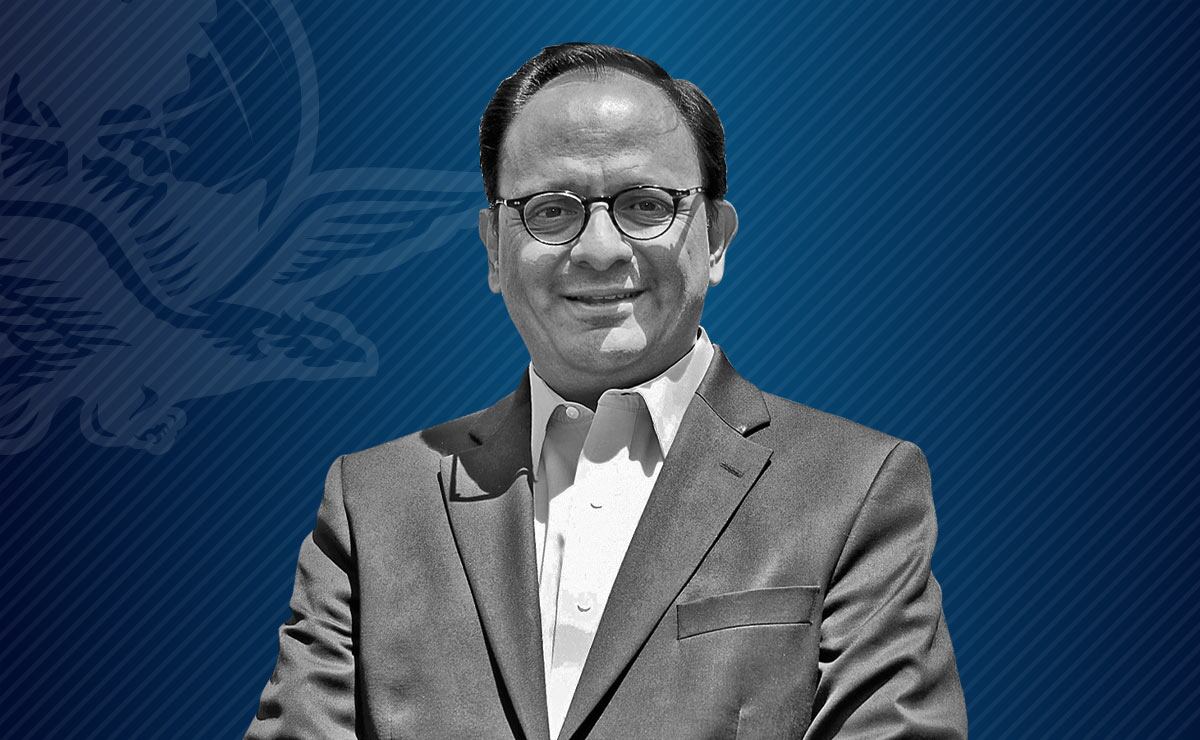In an era of splendor that marked a before and after in the film industry of the country, which described the Magical Mexico and surreal in the characterizations of Pedro Infante, Cantinflas, Jorge Negrete, Maria Felix among other greats, all of them shared a very special bond: were part of the Golden Age of Cinema in Mexico. All of them were responsible for presenting the construction of a post-revolutionary society that was beginning to open up to the world gradually and slowly.
Also known as the Golden Age of Mexican Cinema, it accounted for simple storiesfrom the narrative of a Mexico that migrated from being an essentially rural country to an urban one, which described very well the character and temperament of the Mexican and his or her environment.
Pedro Infante’s performances as well as Cantinflas’ famous nonsensical dialogues were widely known. admired the performance of the Soler brothers, Tin Tan and Joaquín Pardavé. And for Mexico, this period represented a watershed in the way of producing, acting and consuming cinema.
It was at this stage that “what was Mexican” in general was to be macho when it came to male characters, who asserted their authority through bravery and courage, rather than through persuasion and ideas. Perhaps that is where the stereotype of a man prone to violence and alcohol abuse with a license to be a womanizer.
Currently and until August 8th, in the teatro Walter Reade del Lincoln Center A retrospective of 22 films from the 1940s through the 1960s is offered. The series offers New York audiences the opportunity to experience the immense diversity of this unique period of history of mexican cinema on the big screen.
Los organizers Cecilia Barrionueve and Tyler Wilson, both members of the program committee For the selection at Lincoln Center, they wanted to highlight an unusual collection that includes genre variants such as ranchera comedy, spy melodramas, film noir variants and grotesque farce, among others. The collection also highlights the fundamental works of the most appreciated directors of the time as were Roberto Gavaldón, Emilio Fernández and Julio Bracho.
Each film belongs to the period when production was free of special effects. One more focused direction In the scene as in the editing, a primitive and naive play of lights and sound as well as a more theatrical performance were the whole that captivated and entertained the audiences.
The beauty of the protagonists was less platonicmore natural. It was a delight of entertainment that was not yet corrupted by the constant bombardment of information and images that today’s technology has impregnated in the way of conceiving the seventh Art.
Renowned Mexican filmmaker critic, Carlos Aguilarmember of the Los Angeles Film Critics Association (LAFCA)based on the series exhibited at Lincoln Center, published in The New York Times An ode to the proliferating golden age of cinema in Mexico, it states that the production of the era rivaled the Hollywood system in quality and variety.
Watching a film from Mexico’s golden age of cinema today is more than just entertainment. As Aguilar says, viewing this collection expands the understanding of the cinematic evolution of Mexican culture. What is more, the films carry a sociocultural reflection and, in some cases, a tone of social criticism to the reality of Mexico at the time. Tapes as The three Garcias, The king of the neighborhood o The night advancesamong many others, expressed the values and fears that socially governed those decades. In turn, these stories had a great impact influence in Mexican society by perpetuating stereotypes and normalizing attitudes that characterized the protagonists.
Gender disparity, as well as treatment based on social status and enormous economic discrepancies are some examples that we find in these works and that persisted beyond the screens.
Mexican cinema has gone through a profound transformation since then. However, what defines a golden age is the way in which its works emblematic have left an indelible mark on the way we conceive cinema.
The productions of this period continue to be a reference and inspiration for national and international filmmakers and actors. Mexico continues to value with affection the great figures and their creations that have allowed us to preserve our roots, beliefs and values. Now, through technology, we can appreciate in NY, the great talent of our best cinematic moment.
Consul General of Mexico in NY.
@Jorge_IsalsLo


:quality(85)/cloudfront-us-east-1.images.arcpublishing.com/infobae/ICSQ3FP45RHQXKSRI5T67WAJVI.jpg)